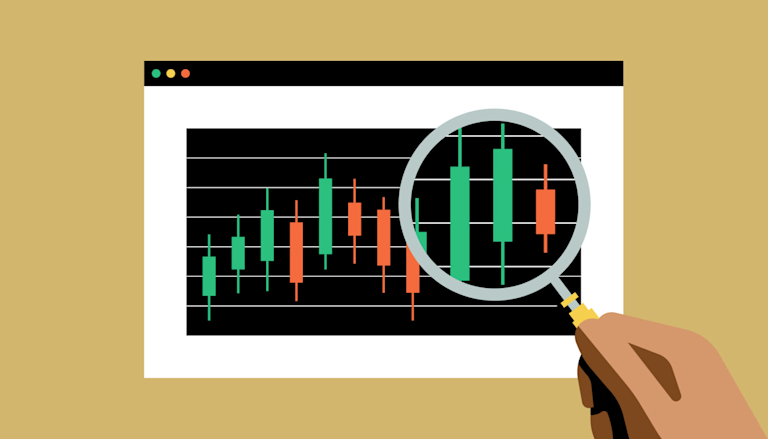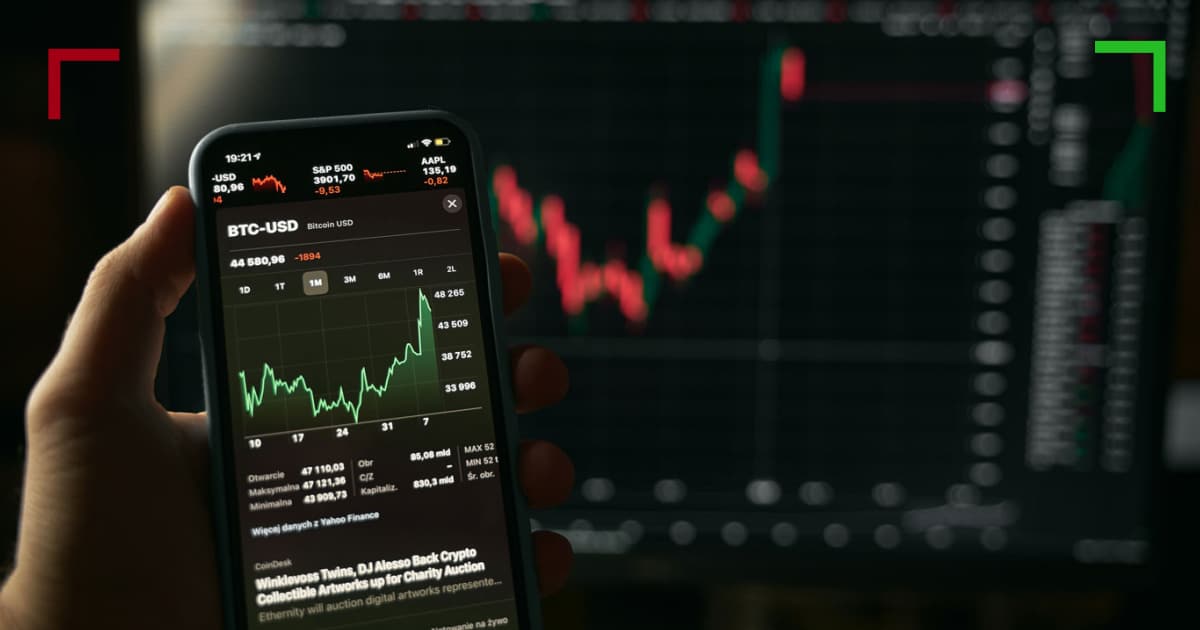Comprehensive Guide to Crypto Trading Asset List 3

Crypto Trading Asset List
In the fast-paced world of cryptocurrency, having a robust understanding of various trading assets is pivotal. Investors and traders alike must keep a keen eye on different cryptocurrencies and tokens to adapt to market fluctuations and make informed decisions. This comprehensive guide will explore an extensive Crypto Trading Asset List http://www.freedomsphoenix.com/Forum/132319-2013-04-12-04-12-13-mike-dugger-charles-goyette-mp3-video-loaded.htm, providing insights into each asset’s features, functionalities, and unique selling points.
Understanding Cryptocurrency Assets
Before diving into specific assets, it’s essential to understand what cryptocurrencies represent. Essentially, cryptocurrencies are digital or virtual currencies that leverage cryptography for security. They operate on decentralized networks based on blockchain technology, allowing for transparent, secure transactions without intermediaries.
Top Cryptocurrencies in the Market
Here, we highlight some of the top cryptocurrencies that are frequently traded in various markets, along with their unique attributes:
1. Bitcoin (BTC)
Launched in 2009 by an anonymous entity known as Satoshi Nakamoto, Bitcoin is the first and most well-known cryptocurrency. It serves as a decentralized digital currency that can be exchanged for goods and services or held as an investment.
2. Ethereum (ETH)
Ethereum, created by Vitalik Buterin in 2015, is a decentralized platform that enables developers to build and deploy smart contracts and decentralized applications (dApps). Its native cryptocurrency, Ether, is used to power these applications.
3. Binance Coin (BNB)

Originally created as a utility token for the Binance cryptocurrency exchange, BNB has evolved to support various applications within the Binance ecosystem. It offers lower trading fees for Binance users and can also be used for transactions on Binance Smart Chain.
4. Cardano (ADA)
Developed by Ethereum co-founder Charles Hoskinson, Cardano focuses on creating a secure and scalable blockchain platform. It emphasizes a research-driven approach and seeks to address scalability and sustainability issues in the crypto space.
5. Solana (SOL)
Solana is a high-performance blockchain known for its fast transaction speeds and low fees. It aims to support decentralized applications and crypto projects at scale, making it a favorite among developers.
Emerging Altcoins to Watch
Beyond the top-tier cryptocurrencies, several altcoins are making waves and could be worth considering in your trading strategy:
1. Polkadot (DOT)
Polkadot enables different blockchains to interoperate, allowing them to share information and security. Its innovative architecture positions it as a key player in the multi-chain future of the blockchain landscape.
2. Chainlink (LINK)
Chainlink is a decentralized oracle network that allows smart contracts to securely interact with external data sources, APIs, and payment systems. Its solution addresses one of blockchain’s significant limitations regarding real-world data access.

3. Uniswap (UNI)
Uniswap is a decentralized exchange protocol that allows users to trade cryptocurrencies without relying on a centralized intermediary. Its native token, UNI, offers governance rights and incentives for liquidity providers.
Key Factors Affecting Cryptocurrency Prices
Understanding the driving forces behind cryptocurrency prices is crucial for successful trading. Here are some of the significant factors:
- Market Sentiment: News, social media discussions, and public perception can significantly influence cryptocurrency prices.
- Regulatory Developments: Changes in governmental policies or regulations can have immediate impacts on market stability and investor confidence.
- Technological Advances: Innovations or upgrades within a cryptocurrency’s protocol can lead to price surges or declines depending on the perceived benefits.
- Supply and Demand: Like any asset, the classic economic principle of supply and demand plays a significant role in determining the price of cryptocurrencies.
Strategies for Crypto Trading
With an extensive list of cryptocurrency assets at your disposal, having a solid trading strategy is indispensable. Here are a few approaches you can consider:
- Technical Analysis: Use historical price data and market trends to predict future price movements.
- Fundamental Analysis: Evaluate the core value of a cryptocurrency by examining factors such as its technology, team, and market demand.
- HODLing: This strategy involves buying and holding cryptocurrencies for an extended period, regardless of market volatility.
- Day Trading: Actively trade on daily market movements to capitalize on short-term price fluctuations.
Final Thoughts
Navigating the world of cryptocurrency requires careful research, diligent strategy, and an understanding of the underlying assets. The Crypto Trading Asset List presented in this guide can serve as a strong foundation as you explore different opportunities in the ever-evolving crypto landscape. Always remember to stay informed, practice risk management, and ensure your investments align with your financial goals.
Additional Resources
For further reading and to stay updated on the latest trends in cryptocurrency trading, consider following reputable news outlets, attending webinars, and engaging with the crypto community online.
